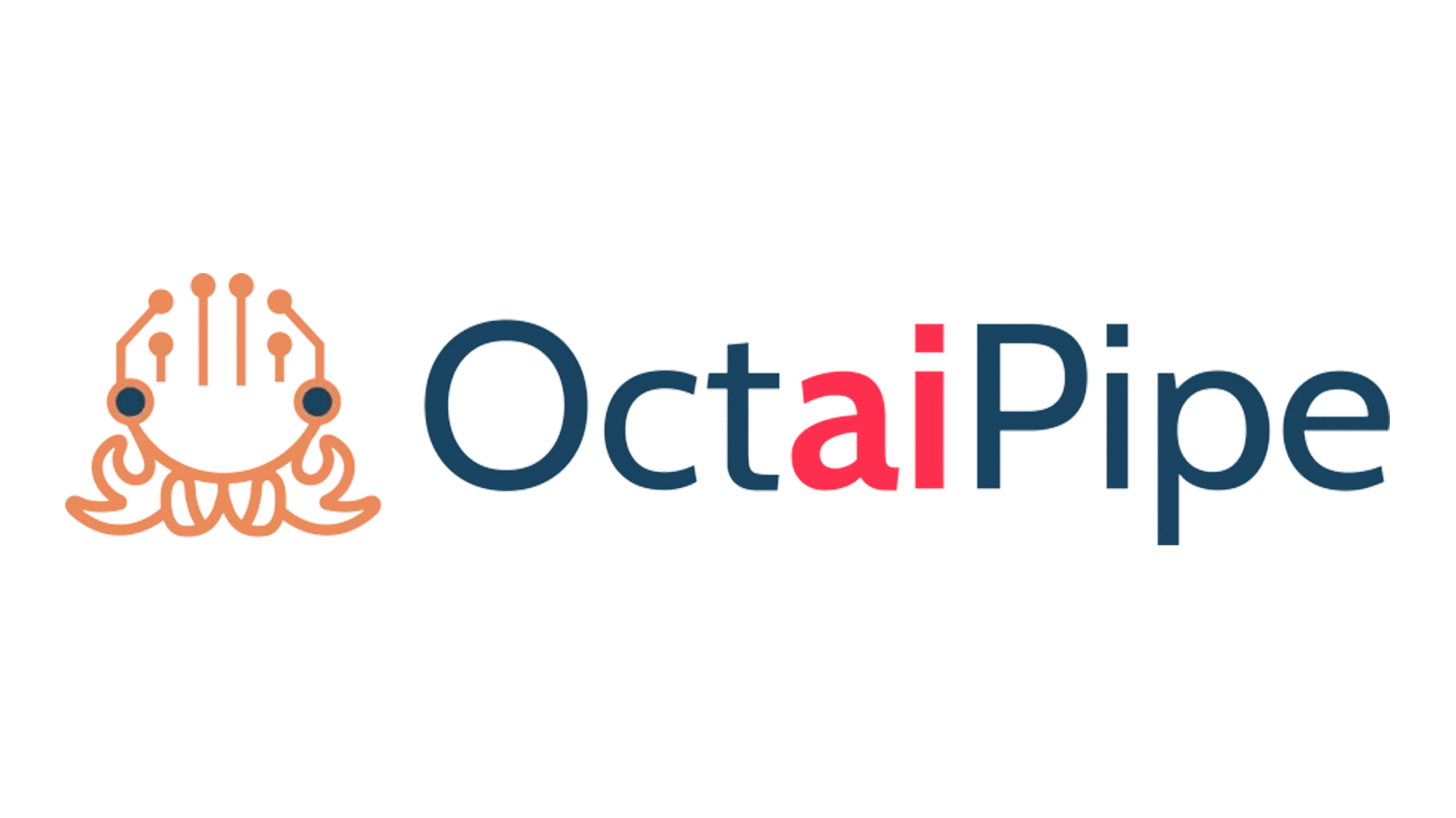Supply chains are incredibly complex, and vulnerable to inconsistencies and inefficiencies. There is great potential for supply chain components to be revolutionised by automated AI technology, however, many organisations are yet to take the plunge.
There is a need for supply chains to become more efficient due to changes in the customer landscape; modern customer’s expectations are rising, they desire a better quality of products delivered to them faster. Supply chain leaders must do more to keep up with societal and technological changes.
A recent Gartner survey of supply chain leaders revealed that a staggering 70% ofrespondents don’t look beyond three years when developing a vision for their digital supply chain roadmapsWhen utilising AI technology, 3 years is simply not enough.
AI is the technology of the future, and soon enough (if not already) it will largely govern our lives.
It is time for supply chain leaders to cast a longer-term view on the AI capabilities for their organisation, and open up to a technology that could truly transform and revolutionise the supply chain as we know it. Sustainability is key. (McKinsey, 2016)

What are the Common Challenges Faced by Supply Chains in 2021?
Did you know that businesses estimate they spend on average 55 hours per week doing manual, paper-based processes and checks? That’s not all, they spend a significant further 39 hours chasing invoice errors AND a further 23 hours responding
to supplier inquiries (mhlnews.com).
This loss equates to an average of 6500 hours per work year, which is a significant amount of time wasted when a solution is readily available. This is where AI solutions come in, they provide the ability to complete these mundane tasks automatically.
This will not only save thousands of skilled employees time freeing them up to do other tasks, but extend the benefits of adopting AI as the empowered technology is able to operate 24/7 and respond to any changes rapidly.
The automation of mundane tasks is not all AI tools can be used for.
Chatbots and conversational assistants are a common example of how supply chains are not only improving the level of service to customers by resolving basic queries instantly but also making customer service teams more efficient by enabling them to focus on more complex enquiries and investigate issues for one-touch resolutions.
AI and machine learning powered tools can also be used across various other points in the supply chain such as in supply chain planning and warehouse management, autonomous vehicles could revolutionise logistics and shipping and NLP is already being used to cleanse data that is prone to human error and inconsistencies.
Future Trends & AI Application of Supply Chains
As we move further into 2021, there are a few significant trends that will push supply chainstowards AI and ML technology in a bid to make them more productive, sustainable and manage the complexities of the changing market demand.
Firstly, the labour supply in supply chains will look very different. The projected rapid growth of emerging economies will open opportunities for global expansion, which will the largest impact on the planning and execution of supply chains. And if socially distancing continues, reducing the available workforce, planning and management responsibility in supply chains will be need to beenhanced and entrusted AI technology, to reduce logistical errors and enable skilled operators to focus on complex issues.
As a result of this, the skillset of the supply chain workforce will likely increase, and will rely on workers being ready to adapt technology at a rapid pace. Given that the full potential of AI technology has not been reached yet, a flexible and open minded approach will be crucial to adapting to an increasingly automated environment. In the factory of the future, people will orchestrate processes, handle exceptions and control the machines.
Another coming trend that will alter the functionality of supply chains is cloud-based data. The digital sharing of data will have a drastic impact on collaboration,simulation and decision making in supply chains, and technology such as digital twins will discover hidden productivity like never before. Technology is perfect for experimentation and modelling to test for critical variables.
A further significant trend that supply chains will have to cater to is growing societal pressure for reducing waste – a factor that supply chains can be notoriously bad for. Supply chain leaders will have to embrace a circular economy in which not only waste but also products are able to be returned, recycled or at least reused in some way to drive sustainability
As customer’s expectations rocket, it is time for supply chains to open up to the realm of possibilities offered by AI. Many of the shared struggles faced by the industry could be solved with the implementation of low maintenance, AI technology, freeing organisations to tackle the supply chain problems of the future and drive sustainability.
Find out how we can revolutionise your organisation, speak with one of our data engineering experts today



